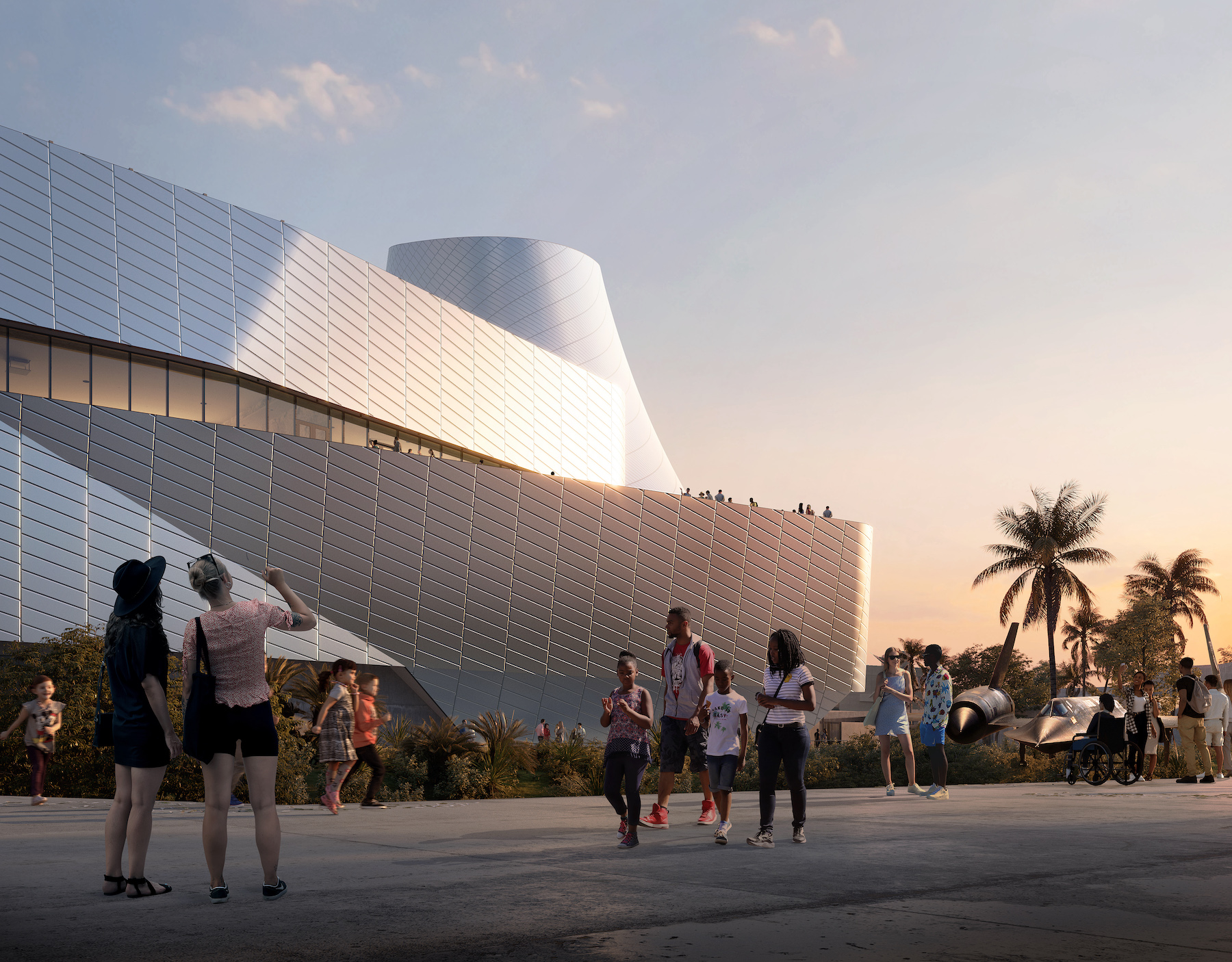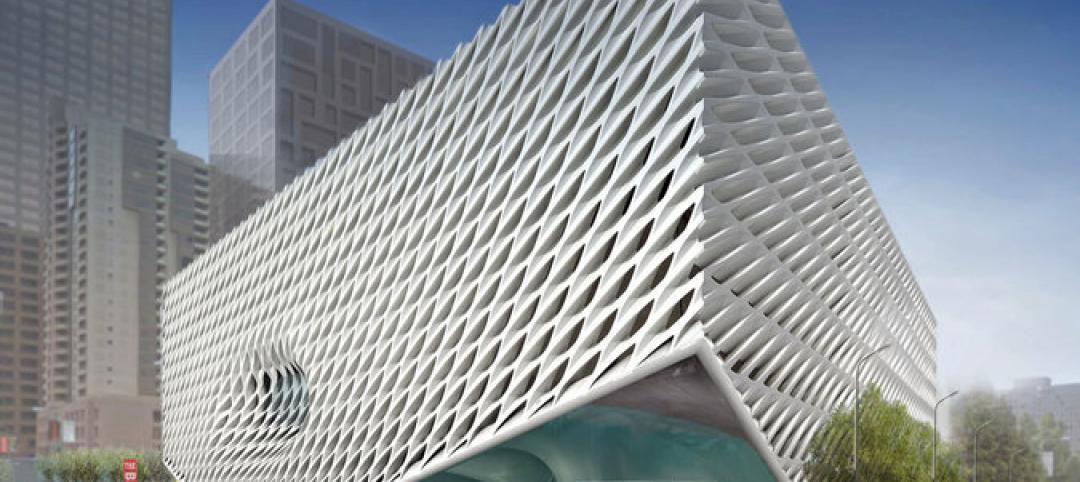The California Science Center—a hands-on science center in Los Angeles—recently broke ground on its Samuel Oschin Air and Space Center. At 200,000 square feet and 20 stories high, the Air and Space Center will almost double the California Science Center’s educational exhibit areas.
The new addition to the Science Center will contain 150 interactive, educational exhibits in three multilevel galleries. The hands-on exhibits will be designed to encourage visitors to investigate scientific and engineering principles of atmospheric flight and the exploration of the universe. The Air and Space Center’s collection of aircraft and spacecraft will be selected to illustrate a key concept on each of its three multilevel galleries—air, space, and shuttle—across four floors and 100,000 square feet of exhibit space.
The Air and Space Center also will become the permanent home of Space Shuttle Endeavour, one of three remaining flown space shuttle orbiters. Endeavour will be presented in a “ready-to-launch” vertical configuration that will include solid rocket boosters and an external tank—the world’s only display of an authentic space shuttle system, according to the Science Center. The June 1 groundbreaking event coincided with the 11th anniversary of Space Shuttle Endeavour’s final touchdown.
The Samuel Oschin Air and Space Center marks the third phase of the California Science Center’s three-phase, three-decade master plan to develop one of the world’s leading science learning centers. Now underway, construction is expected to last three years. At about a year and a half into construction, Space Shuttle Endeavour will be positioned in the Air and Space Center. Architectural design is by ZGF, construction by MATT Construction, and exhibit design by Evidence Design.
On the project team:
Owner and developer: California Science Center Foundation
Design architect and architect of record: ZGF
MEP engineer and structural engineer: Arup
General contractor/construction manager: MATT Construction
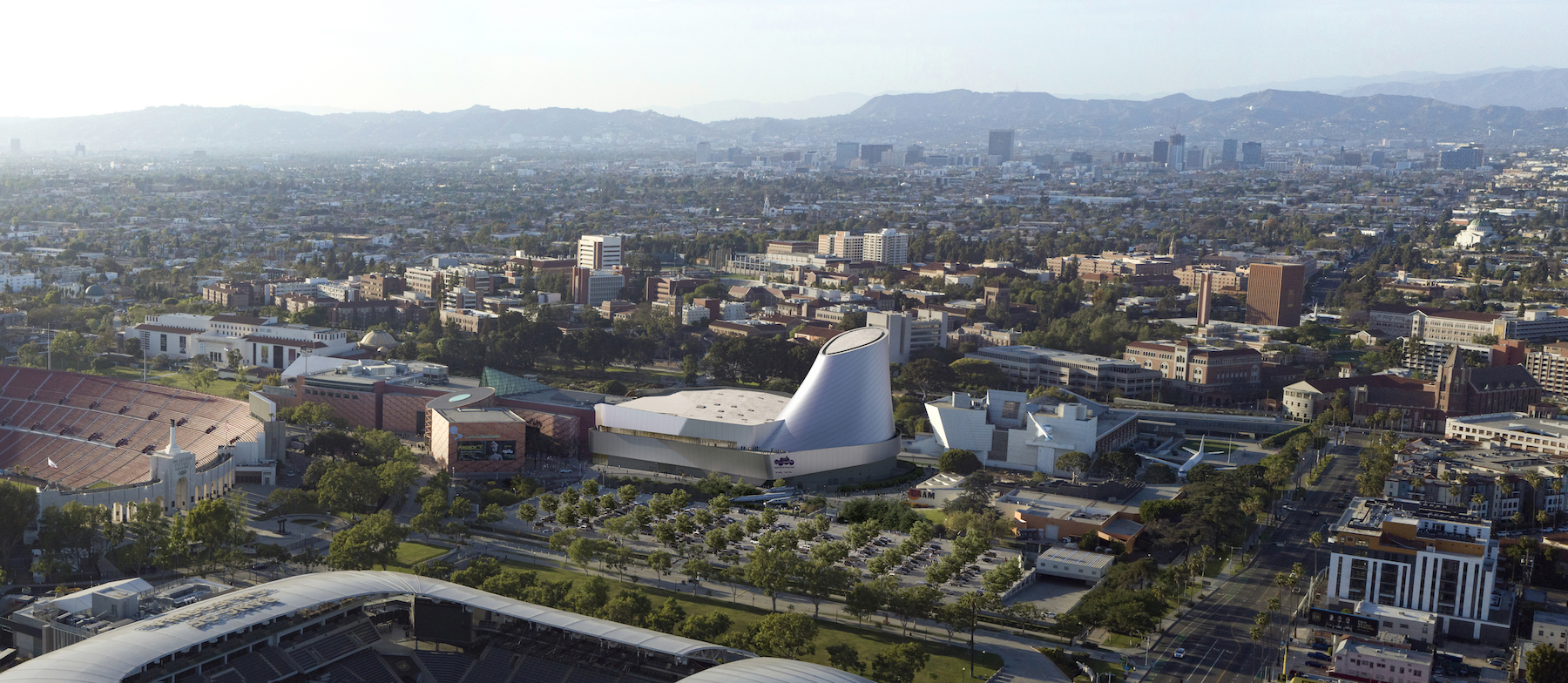
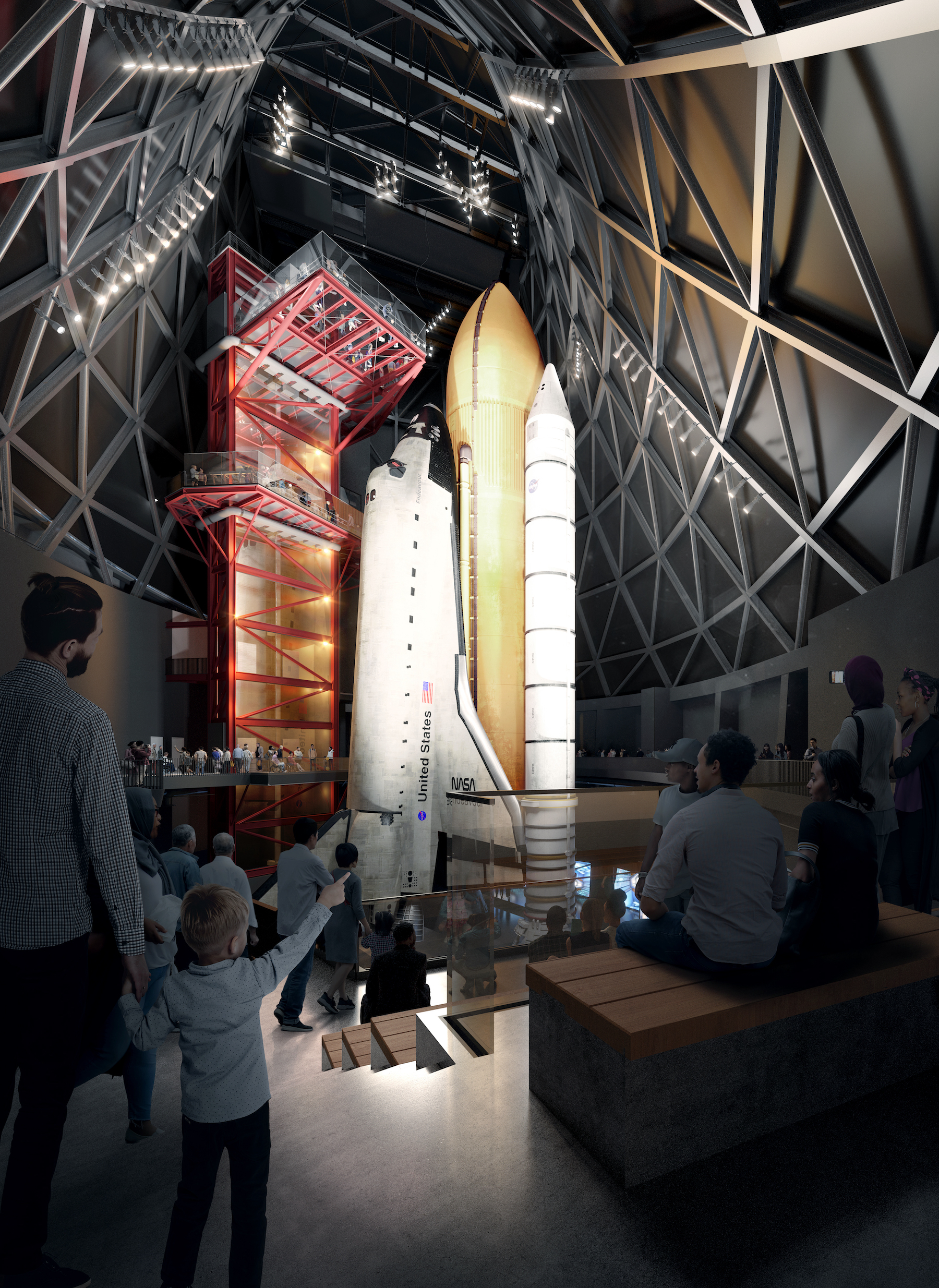
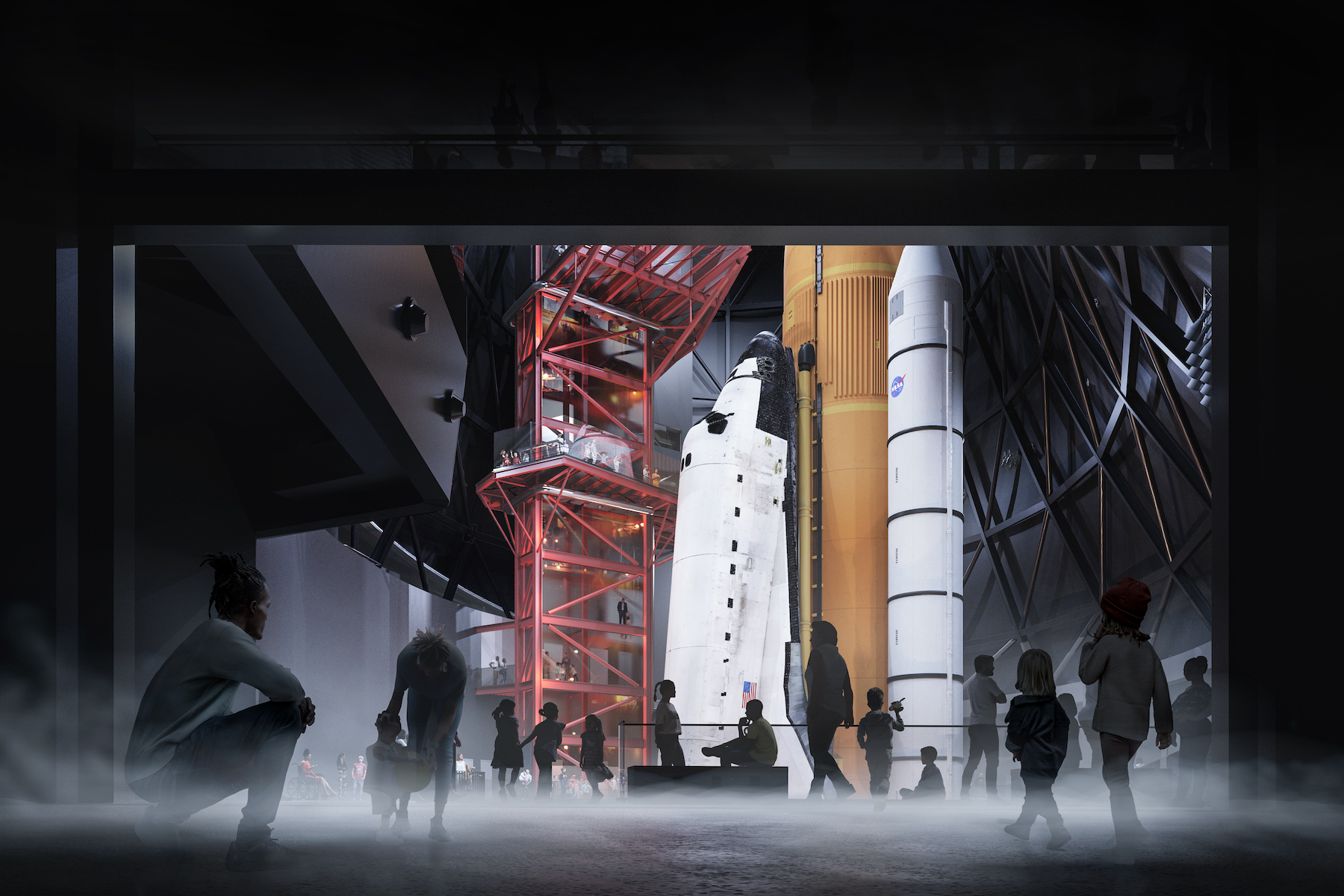
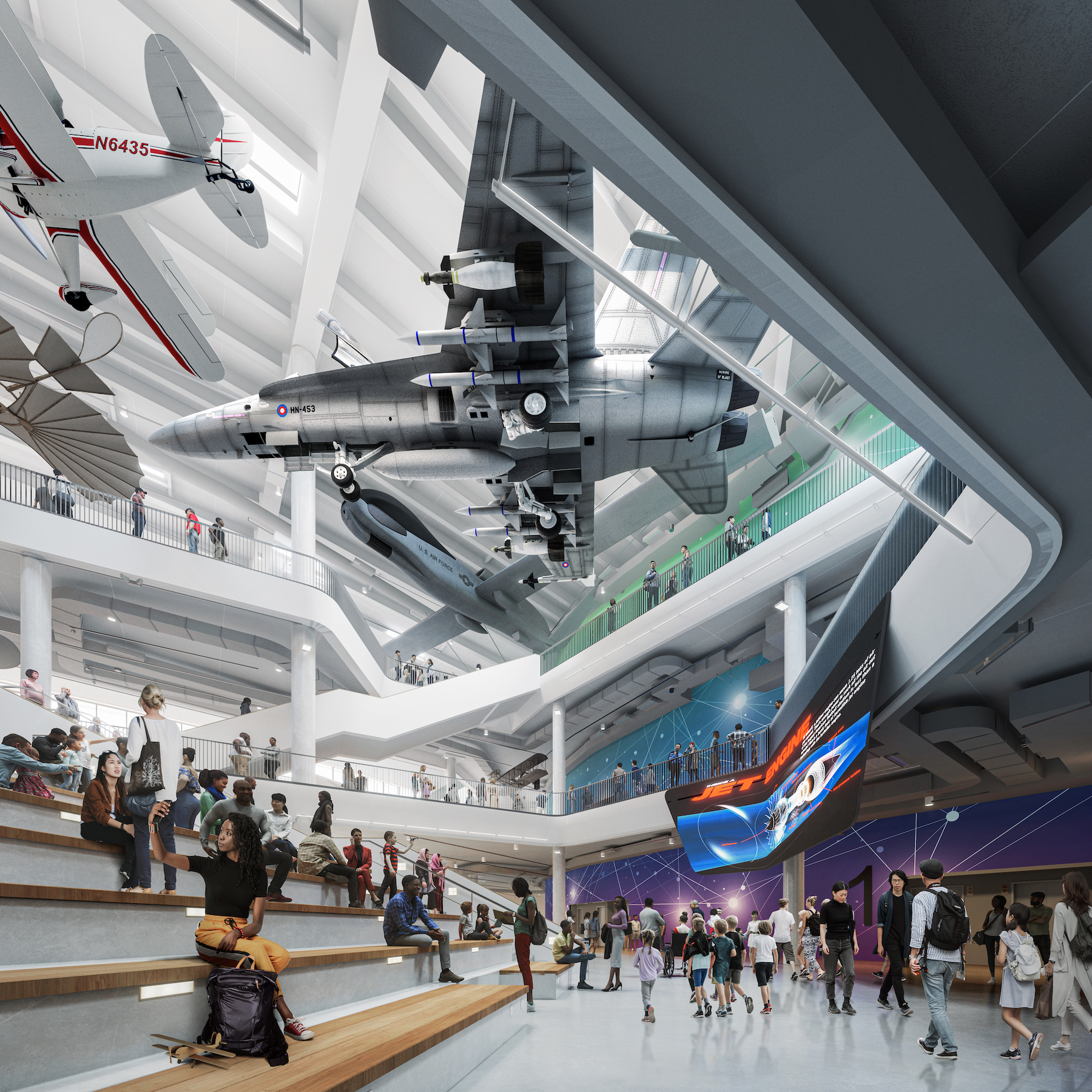
Related Stories
| Jun 18, 2014
Arup uses 3D printing to fabricate one-of-a-kind structural steel components
The firm's research shows that 3D printing has the potential to reduce costs, cut waste, and slash the carbon footprint of the construction sector.
| Jun 16, 2014
6 U.S. cities at the forefront of innovation districts
A new Brookings Institution study records the emergence of “competitive places that are also cool spaces.”
| Jun 13, 2014
First look: BIG's spiraling museum for watchmaker Audemars Piguet
The glass-and-steel pavilion's spiral structure acts as a storytelling device for the company's history.
| Jun 12, 2014
Tod Williams Billie Tsien Architects' design selected for new UCSC facility
The planned site is a natural landscape among redwood trees with views over Monterey Bay, a site that the architects have called “one of the most beautiful they have ever worked on.”
| Jun 12, 2014
Austrian university develops 'inflatable' concrete dome method
Constructing a concrete dome is a costly process, but this may change soon. A team from the Vienna University of Technology has developed a method that allows concrete domes to form with the use of air and steel cables instead of expensive, timber supporting structures.
| Jun 11, 2014
David Adjaye’s housing project in Sugar Hill nears completion
A new development in New York's historic Sugar Hill district nears completion, designed to be an icon for the neighborhood's rich history.
| Jun 9, 2014
Green Building Initiative launches Green Globes for Sustainable Interiors program
The new program focuses exclusively on the sustainable design and construction of interior spaces in nonresidential buildings and can be pursued by both building owners and individual lessees of commercial spaces.
| Jun 9, 2014
Eli Broad museum files $19.8 million lawsuit over delays
The museum, meant to hold Eli and Edythe Borad's collection of contemporary art, is suing the German company Seele for what the museum describes as delays in the creation of building blocks for its façade.
| Jun 4, 2014
Want to design a Guggenheim? Foundation launches open competition for proposed Helsinki museum
This is the first time the Guggenheim Foundation has sought a design through an open competition. Anonymous submissions for stage one of the competition are due September 10, 2014.
| May 29, 2014
7 cost-effective ways to make U.S. infrastructure more resilient
Moving critical elements to higher ground and designing for longer lifespans are just some of the ways cities and governments can make infrastructure more resilient to natural disasters and climate change, writes Richard Cavallaro, President of Skanska USA Civil.


